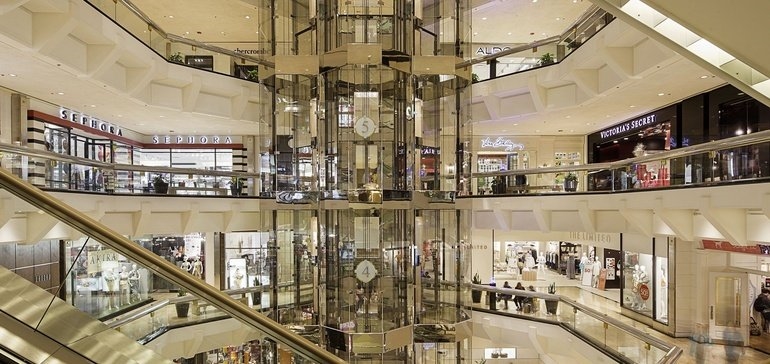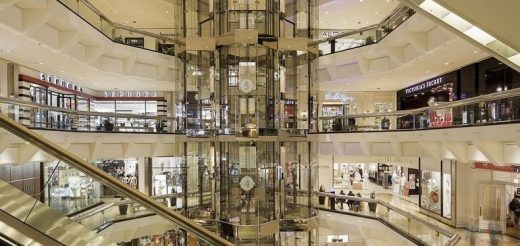Coronavirus-Related Search Data Shows Surprising Effect On Retail Sites
Coronavirus-Related Search Data Shows Surprising Effect On Retail Sites

Search queries like “where can I find hand sanitizer” emerged as one of the top queries on Google on March 1 in the United States, according to Google Trends. A few days later, aloe vera gel topped the list with queries related to “how to make hand sanitizer gel” and “homemade hand sanitizers.”
All terms were related to the coronavirus outbreak, according to NetElixir, so the company pulled internal data across seven categories to analyze the impact COVID-19 would have on retail.
It’s a “Black Swan event,” a metaphor to describe an event that comes as a surprise and has a major influence, said Udayan Bose, founder and CEO of NetElixir, during a webinar.
The cost per click for hand sanitizer, for example, jumped eight times, ranging from the top-of-the-page bid at $1.28 to $8.97.
NetElixir aggregated and analyzed daily online sales metrics for seven retail categories during two 21-day periods — the first from Jan. 26 through Feb. 15 and the second from Feb. 16 through March 7 — and then compared the daily data from 2020 to 2019 with these two periods.
The categories included Women’s Apparel, Home Improvement, Tools and Hardware, Food & Gourmet, Gifting, Equine Supply, and Home Furnishings.
Shoppers in the Food and Gourmet category spent 24% less time between initially landing on the website and completing a purchase. The number of website landings prior to purchase within the Food and Gourmet category fell by 43%.
In the Home Decor category, shoppers were taking 20% more time to complete a purchase. For ecommerce sales, from Feb. 16 to March 7, 2020, the Food and Gourmet category experienced a year-over-year and conversion rate increase.
Between Feb. 16 and March 7, 2020, there was an increase of nearly 35% in new visitor to purchasing customer conversion rate compared to the 2019 period, while existing customer conversation rate increased by less than 10%.
Consumers are not spending less — they’re just spending differently, according to Mathew Shay, National Retail Federation CEO, told CNBC. He cited numbers from a recent survey that suggests consumer spending continues to shift among certain categories and channels, such as offline to online. Where 57% of some CEOs said consumers are spending the same, 29% said consumers are spending more.
Despite a more optimistic approach by some, neither analyst firm Wedbush or Morgan Stanley believe “ecommerce will fully mitigate the declines in shopping.” More than one-third of U.S. adults are shopping less in stores, according to Wedbush analysts, and Last week total retail traffic fell 9.1%, apparel retail traffic fell 3.9% and luxury retail declined 14.7%, according to Morgan Stanley.
(23)


